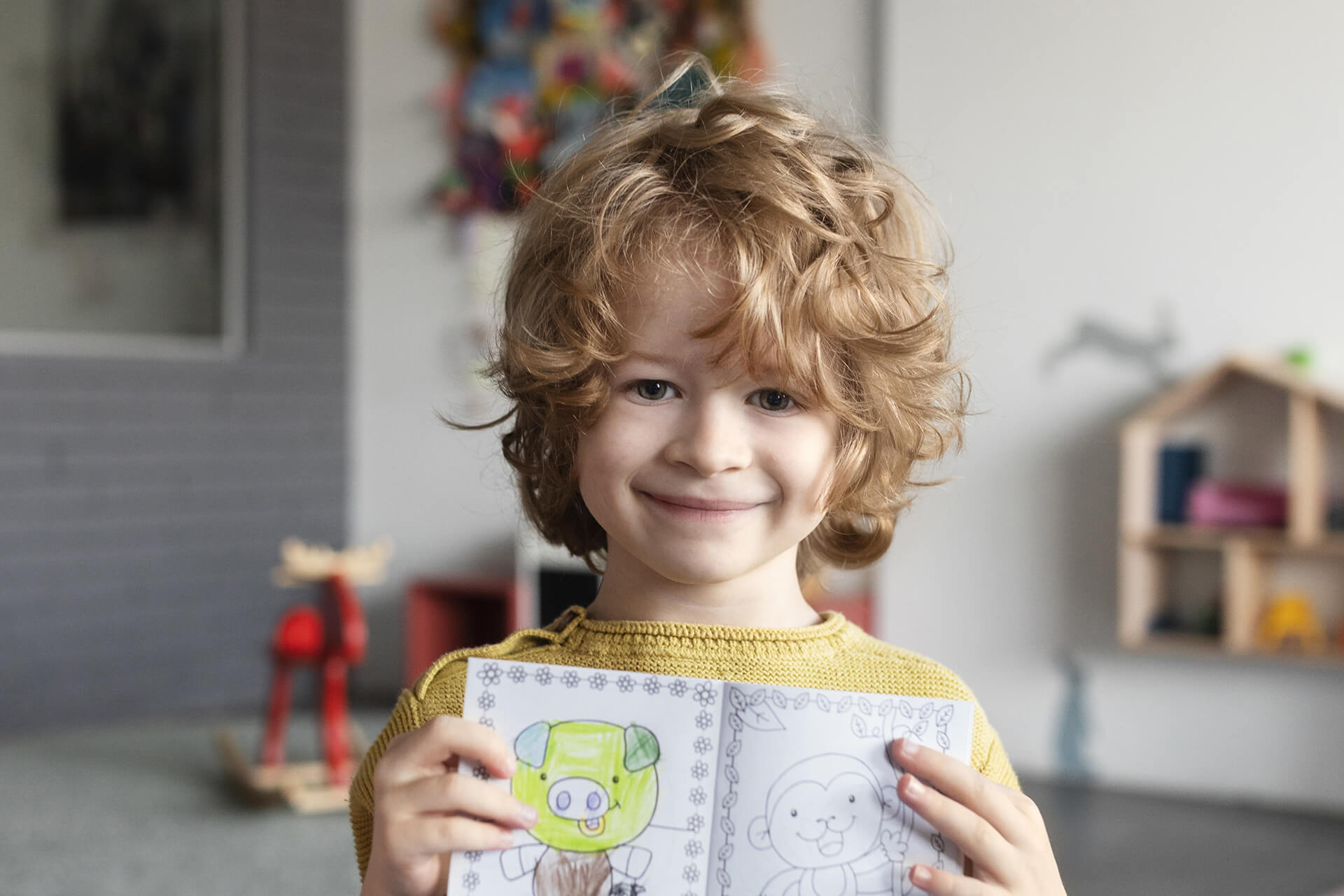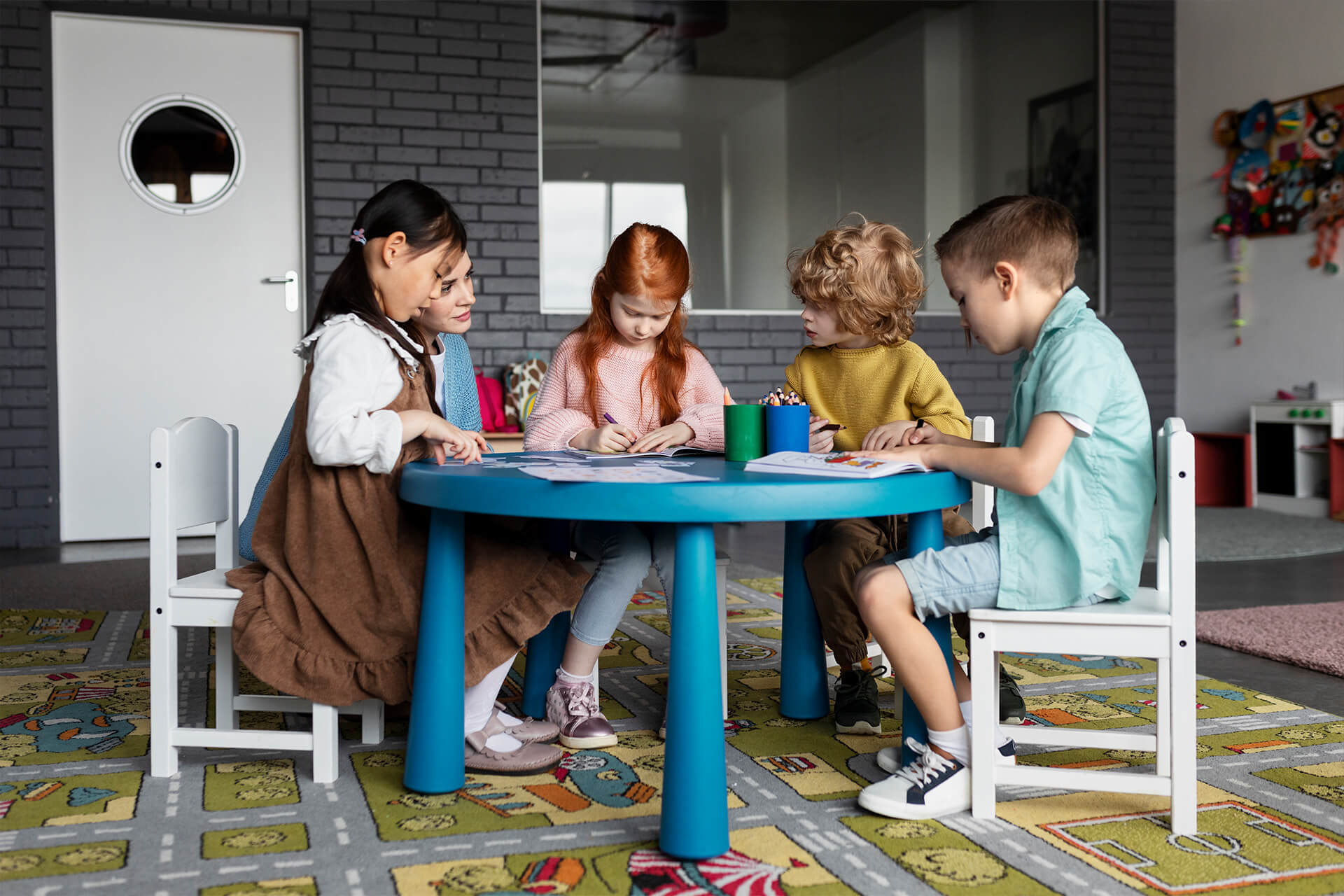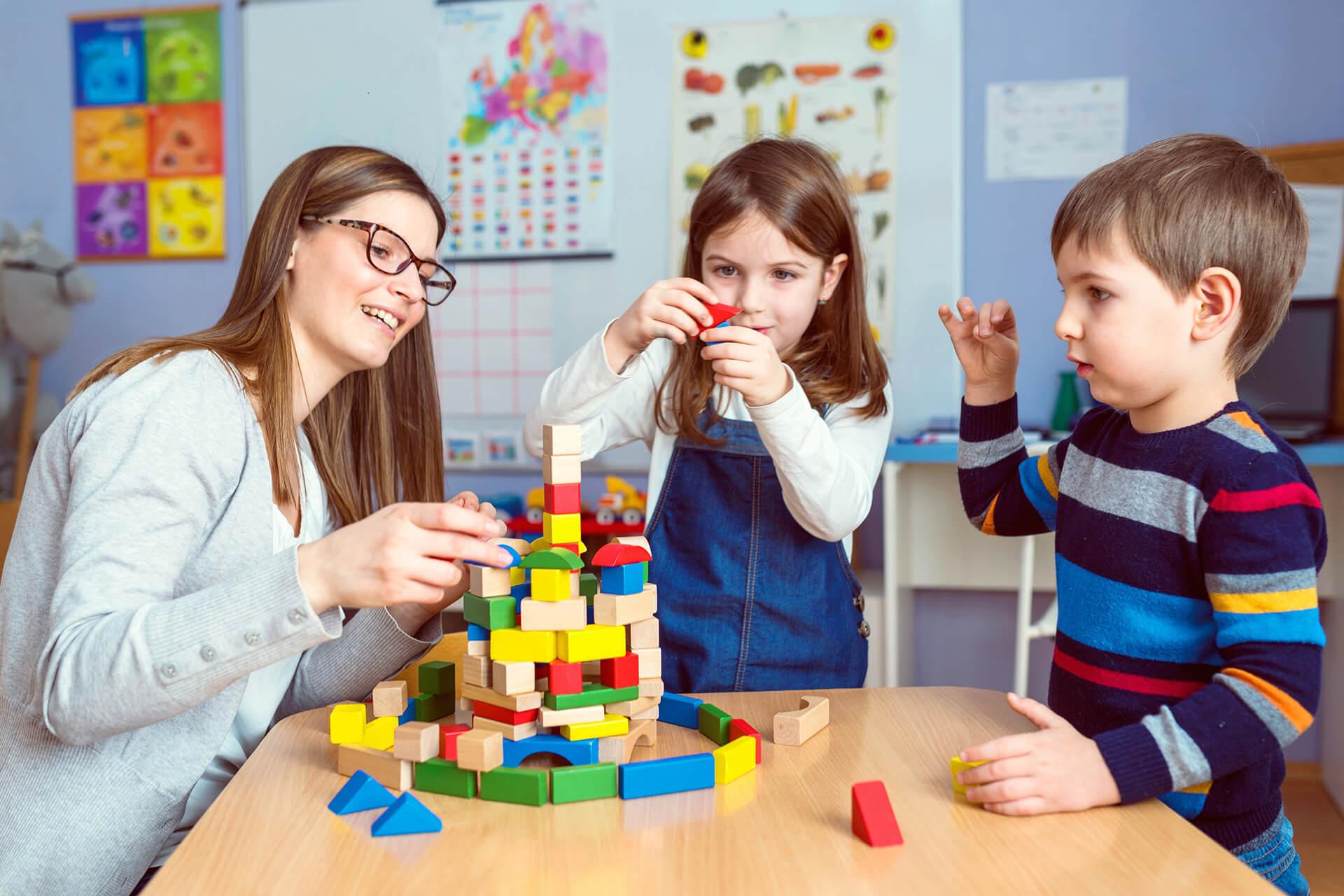Our Pathway
-
Starlings Academy > Our Pathway
Pathways at Starlings Academy
At Starlings Academy, we embrace Dr. Eva Diab’s insight that children learn best through their own experiences and by observing others. Our mixed-age classrooms allow younger children to learn from older peers, while older children develop leadership skills by guiding and mentoring the younger ones. Every classroom is thoughtfully designed to match a child’s scale, offering a rich, stimulating environment that fosters independence, curiosity, and confidence.
Our learning environment is structured around five core areas:
Practical Life
In the Practical Life area, children engage in purposeful activities that mirror real-life tasks. These include pouring, sorting, buttoning, vegetable peeling, mirror polishing, and serving—all using real objects in a child-sized setting. These exercises help children develop fine motor skills, focus, independence, and responsibility. Practical Life is the foundation for success in all other learning areas.


Sensorial
Children explore the world through their senses. Our Sensorial materials are specially designed to refine sensory perception—sound, sight, touch, smell, and taste. Activities such as sound matching, texture exploration, color gradients, and shape sorting enhance a child’s ability to observe, classify, and compare. These foundational skills prepare them for future learning in literacy, numeracy, and critical thinking.
Language
Language development at Starlings Academy begins with phonetic awareness. Children start with sandpaper letters and corresponding objects to associate sounds with symbols. As their understanding grows, they move on to blending sounds using the moveable alphabet and refining their handwriting with metal insets. Our approach cultivates confident readers and expressive communicators.


Mathematics
We introduce mathematical concepts using hands-on, concrete materials like number rods, sandpaper numbers, counting beads, and number boards. Each activity builds upon the last, helping children move from basic counting to abstract mathematical thinking. This methodical progression nurtures a love for numbers and logical problem-solving.
Cultural
The Cultural area opens the child’s mind to the world around them, including geography, history, science, and nature. Children explore continents, countries, weather patterns, seasons, time cycles, and more. Special celebrations like birthdays include meaningful traditions that connect learning to real-life milestones. We also encourage children to contribute to the classroom’s nature area, promoting curiosity and respect for the natural world.

